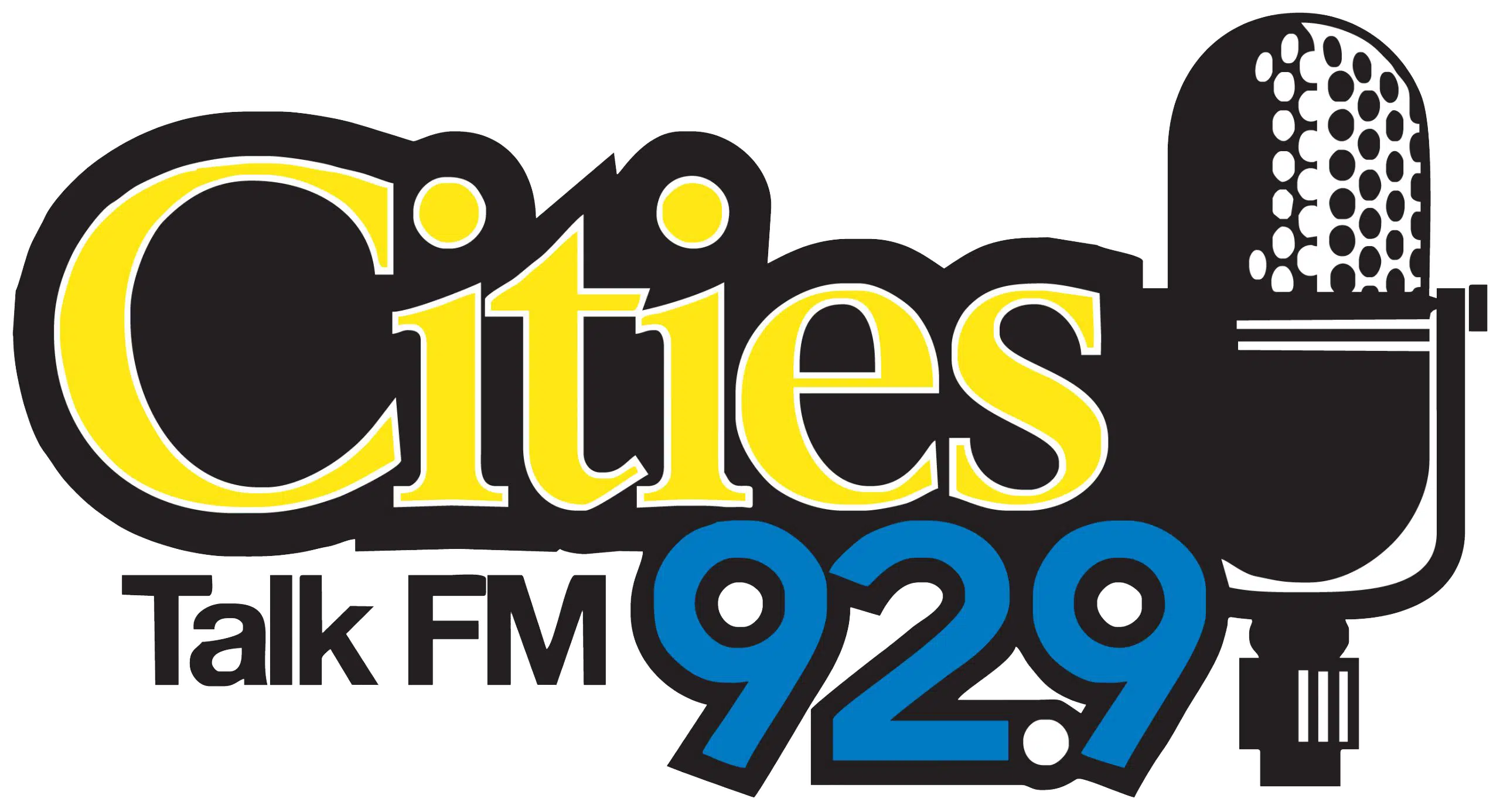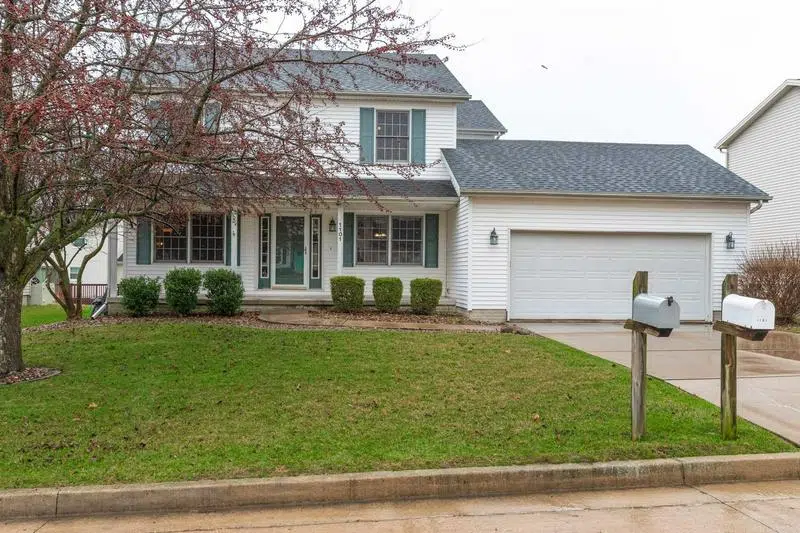Story by Kevin Woodard
In April the Bloomington-Normal Economic Development Council released its Regional Housing Market Analysis. The report was prepared by Development Strategies, a consulting firm located in St. Louis, Missouri.
Recently at Cities 92.9 we have covered stories where the housing market comes into play, most notably Uptown Normal development and the Unit 5 budget. Many have questioned the wisdom of developing high end rental units in Uptown. Others are questioning whether or not Unit Five needs an increase in the property tax levy. In this story we report on findings of the Regional Housing Market Analysis and how they may impact those stories and others.
According to the analysis there is a shortage of rental housing and anyone who has tried to rent a place to live during the past several months can vouch for that. The market is so strained that if you can find an apartment you can afford to look at and it is anywhere close to meeting your needs you best grab it. Otherwise you are apt to be looking for awhile as one unit after another is snatched up.
According to the analysis, “There are just under 6,800 renter households that could afford rents of around $1,500 or higher, yet there are only around 1,600 rental units at these price points indicating that these households have to seek out alternative options, which then limits the supply for low and moderate-income renter.”
The analysis states, 4,000 of these renter-occupied households are urban professionals, young educated workers, and upper middle class suburbanites.
Many of us think of the rental market being lower income people, young people just starting out, or something similar to those examples. But that doesn’t encapsulate the whole market. While Bloomington Normal is expected to gain 900 residents per year in the next decade it deals with 12,800 newcomers a year. This is a big part of the rental market.
The analysis says, “Data further highlights the importance of having a quality rental housing stock to accommodate new migrants to the region during the initial “renter lifecycle” while the household becomes acclimated to the community and potentially seeks a more permanent living option in the for-sale market.”
Many newcomers are from the east or west coast and they are used to paying higher payments for housing. They look for places to rent with the amenities they desire. They can and will pay high rents before buying a high end home and relocating to it.
The analysis has this to say about infill development, “While infill development has higher development costs with added challenges associated with land acquisition and assembly, from a demand perspective, this type of housing product would be in high demand in the urban core of Bloomington-Normal given its density, historic neighborhoods, walkability, public transportation, and accessibility to the Illinois State University and Illinois Wesleyan University campuses. Additionally, when young professionals relocate to a new region for an employment opportunity, the downtown or urban core is often the preferred “point of entry” depending on the availability of quality rental housing, especially for those relocating from major markets. In addition to the professional demand segment, there is also growing demand from the Empty Nester cohort seeking to downsize or make a temporary lifestyle change in a more walkable, amenity-rich environment.”
So what does all this talk about a shortage of high rental properties and infill development have to do with any topics we have been discussing at Cities? Well if you haven’t figured it out yet, whether some like Normal Uptown development and some don’t, it does appear that there is a demand for high end rental space in an urban environment. This is good news for the Town of Normal and the developer of the Trail West and Trail East development.
This is also good for the city of Bloomington as they recently assisted the developer redeveloping the former CII East Building. And it indicates that developing housing at 800 N. Main St. may viable. Also developing housing in the old State Farm Building may become a reality.
What else can we glean from the housing analysis? Well let’s see.
Besides high income rental properties being needed the analysis says, “There is an even larger segment working class and service industry households (around 6,500 renter households) that could afford rents in the $1,000 to $1,300 range emphasizing the need to maintain a healthy workforce housing stock. These types of households likely include front line workers at Rivian.
That means multi family houses in this price range are likely to be developed. Let’s keep that in mind while we look at the housing market.
If you know anyone that has been in the housing market in recent months you know houses have been selling like hotcakes. Put a house on sale for the weekend and by Monday you’ve got a deal. Then you’ve got to be ready to jump on the next house you want to buy just as quickly.
According to the analysis, “After nine years of market stagnation, there was a turning point in 2019 and average property values increased by 25 percent for a net increase of just under $40,000. … since 2019, property values are now growing faster than the Chicago MSA (23 percent) and state (23 percent). … This indicates that there are market opportunities for higher-valued and higher-quality housing. … Based on projected growth in the region, there is net demand for around 4,300 to 4,800 net new housing units.”
The analysis also says, “The greatest support in the market for for-sale products by price point is $350,000 and higher, which is generally consistent with recent housing sales in the market areas. In other words, more than 20,000 households in the market could afford homes at this price point, although not all of these households would choose to if the product were available. At the same time, based on distribution of housing by value, there is a significant undersupply of housing at this price point, which is reflective of the higher-than-average wages in the market and relatively low home values as well as the lack of delivery of higher-end products to meet this demand. The lack of higher-valued inventory also limits housing options for moderate-income households as higher-income households buy up housing in these value ranges.”
So what does all this single family and multi family housing construction lead to? It leads to increased property values and with that increased tax revenue. And who do those taxes benefit? The largest beneficiary from that will be the Unit 5 School District. But it’s a two edged sword for the district.
On one hand there is no reason to expect that Unit five will not be getting all the revenue it should need. On the other hand it indicates they do not need a tax levy increase that they are likely to be asking for this fall.







